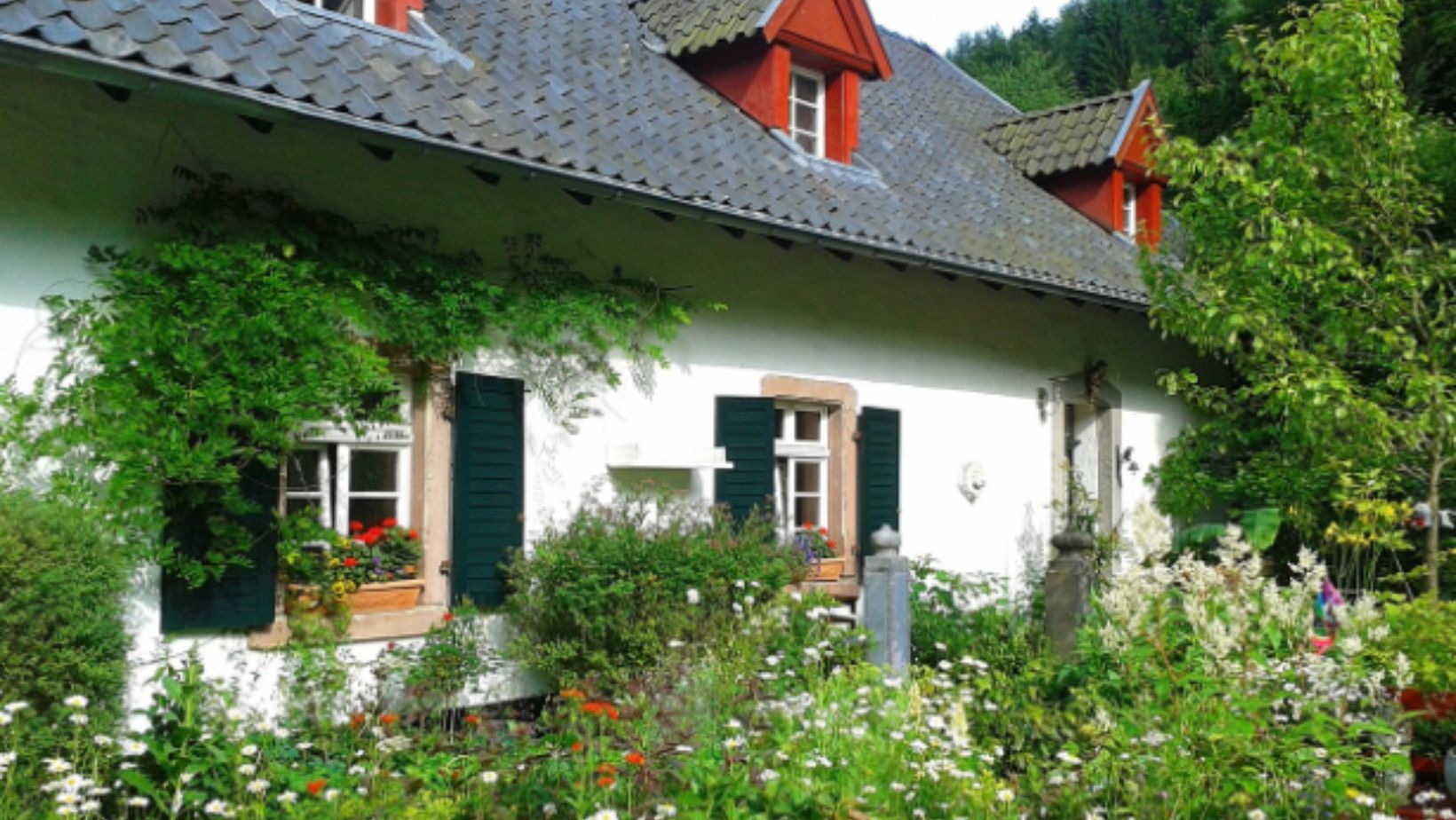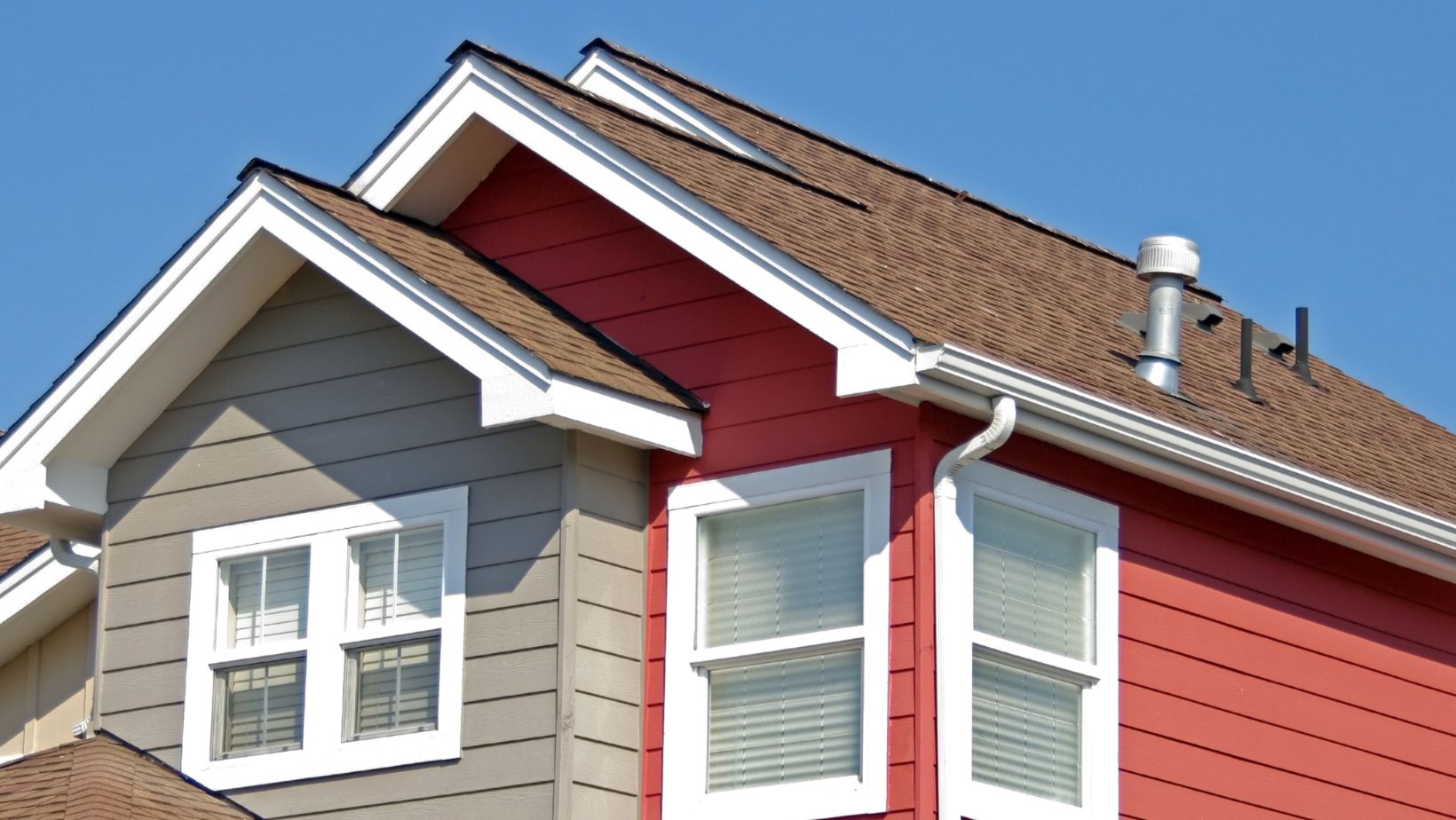
Selecting the right roof for your home is more than just an aesthetic decision—it can have a profound impact on your home’s durability, energy efficiency, and value. The roofing material, color, and type can influence these factors significantly. This blog will delve into the importance of your roofing choice, providing insights into the different options available and how each could potentially affect your home. We aim to equip you with the knowledge to make an informed decision whether you’re building a new home or considering a roof replacement.
Consulting the Experts
When making such a substantial investment as a new roof, it is prudent to seek advice from seasoned experts in the field. Roofing contractors and architects possess a deep understanding of the diverse range of roofing materials available, their suitability for different climates, maintenance requirements, and potential lifespan. When it comes to new roof installations, seeking professional guidance is crucial. This ensures that the selected roofing material matches your desired look and budget and meets local building codes. Just as important, they can help you avoid costly mistakes and ensure your roof is installed properly to prevent future problems.
Climate Considerations
The climate of your geographical location plays a pivotal role in determining the type of roofing material that best suits your home. For instance, metal roofing is ideal for areas prone to wildfires or where the summers are hot since it reflects heat effectively, whereas slate roofing is beneficial in areas where heavy snowfall is a common occurrence due to its robust structure and durability.

On the other hand, asphalt shingles may not fare well in extremely hot climates as they could warp and crack. Hence, understanding the weather patterns and climate of your area is essential in making an informed decision about the appropriate roofing material for your home.
Architectural Compatibility
In addition to climate considerations, the architectural style of your home is another critical factor to keep in mind when selecting a roofing material. Every architectural style has a corresponding set of roofing materials that best complements its design. For example, clay tiles are typically associated with Mediterranean-style homes, while slate roofing is common in Victorian architecture. Alternatively, contemporary homes may be well-suited to flat roofs with membrane roofing.
The right roof enhances your home’s architectural style and contributes to its curb appeal, which, in turn, can boost the value of your property. A mismatched roof can detract from your home’s aesthetic and potentially decrease its market value. Therefore, it is important to consider the architectural compatibility of your roofing material choice.
Cost Analysis
An integral element of picking the right roof involves conducting a comprehensive cost analysis. This includes not only the upfront cost of materials and installation but also long-term costs such as maintenance, repair, and potential replacement. For instance, asphalt shingles, while having a lower initial cost, may require frequent repairs and earlier replacement compared to more durable materials like metal or slate roofing.
On the other hand, while the initial investment for a metal roof may be higher, it can last over 50 years with minimal maintenance, offering a better return on investment in the long run. By analyzing these costs, homeowners can make a choice that not only suits their budget but also provides long-term value.
While opting for less expensive materials can reduce initial costs, it might result in higher long-term expenses due to increased maintenance and potential replacement costs. Thus, when conducting a cost analysis, it’s essential to consider both the short-term and long-term financial implications of your roofing choice.
Durability Demands
Durability is a key consideration when choosing the right roofing material for your home. The roof is your home’s first line of defense against the elements, and its longevity can significantly affect the overall durability of your home. Certain materials, like metal or slate, are known for their high resilience and can last for decades with minimal maintenance.
Others, such as asphalt shingles, may not be as long-lasting but can still provide solid protection for a substantial period. The durability of your chosen roofing material should align with your long-term plans for the home. If you plan to stay in your home for many years, investing in a more durable, albeit potentially more expensive, roofing material may be the prudent choice. This decision can result in fewer repairs and replacements over the years, contributing to a lower total cost of ownership.

In conclusion, selecting the right roof for your home involves considering multiple factors such as climate, architectural style, cost analysis, and durability demands. By consulting experts and thoroughly researching your options, you can make an informed decision that not only enhances the look of your home but also provides long-term value and protection for years to come.












